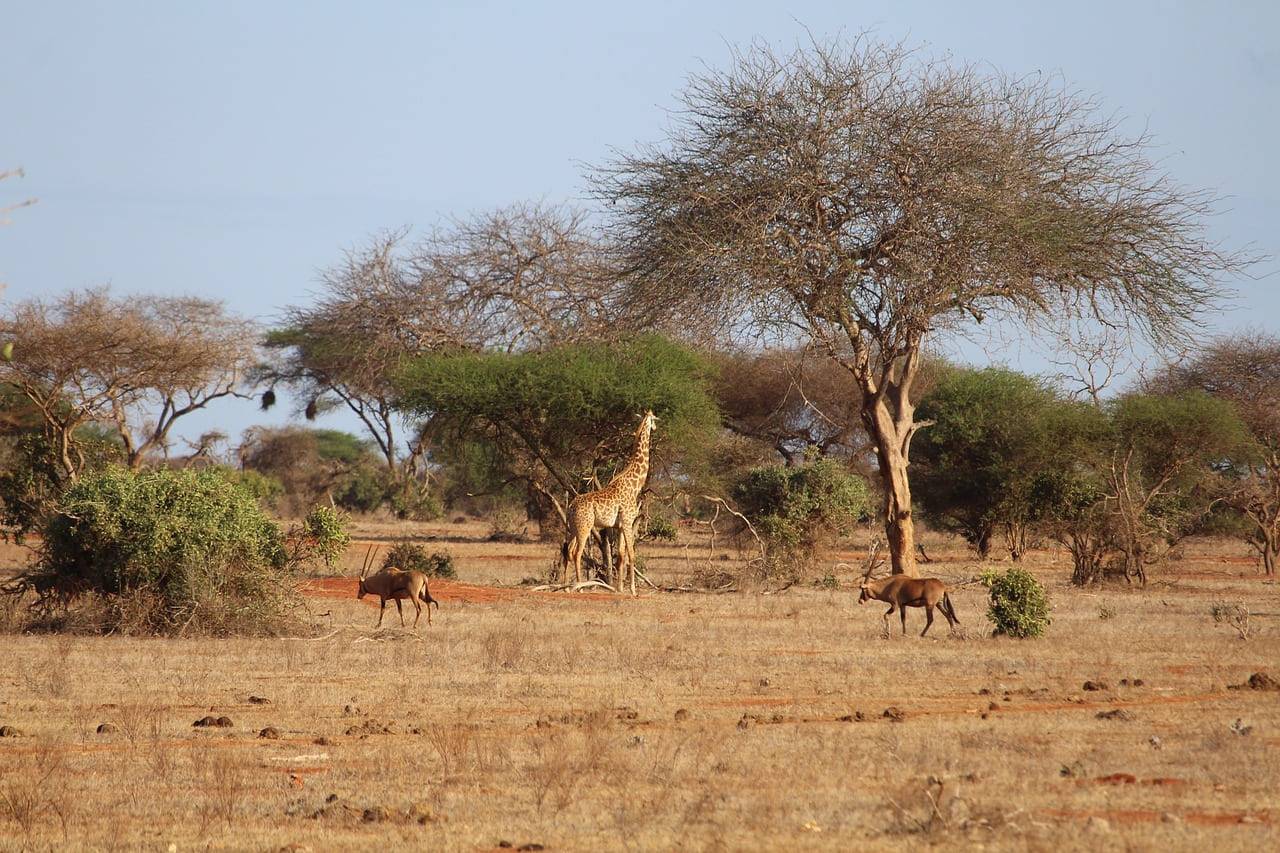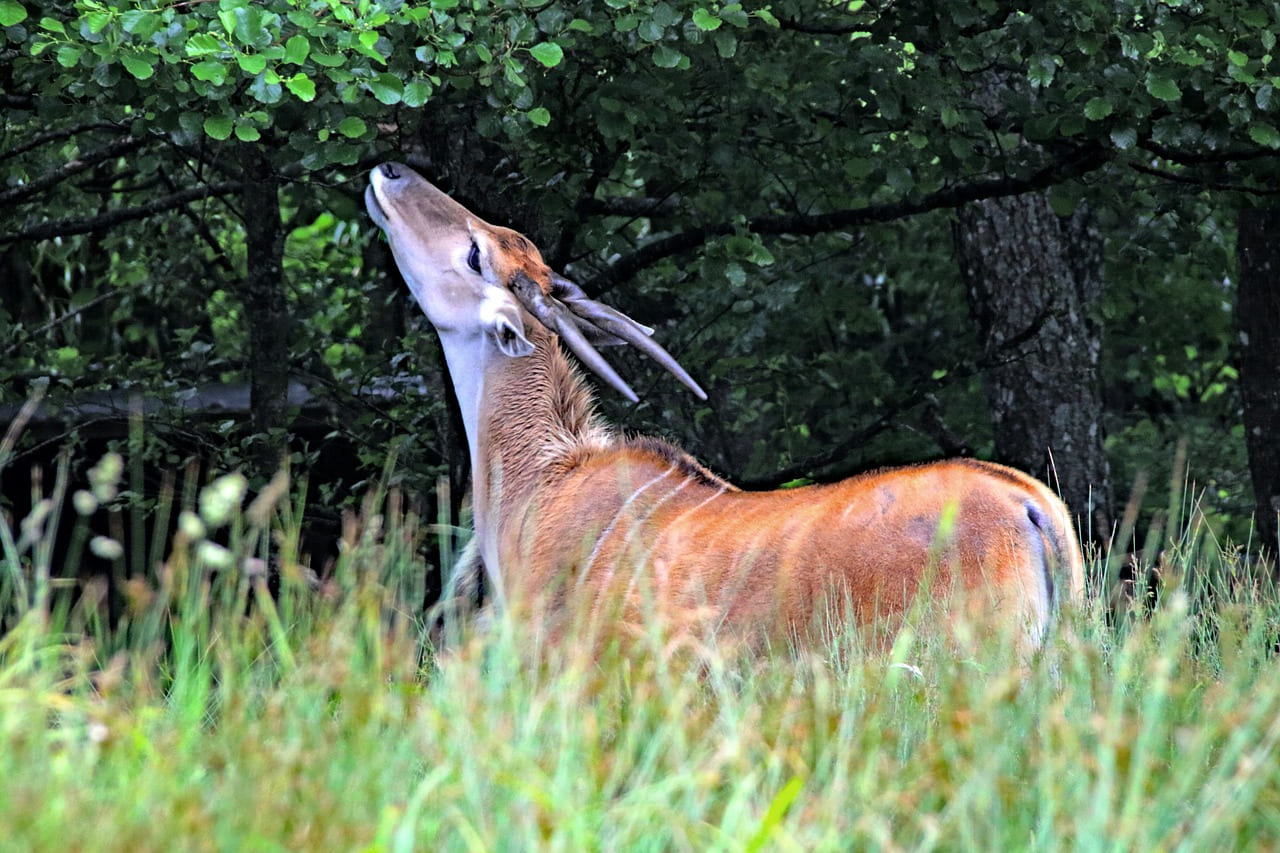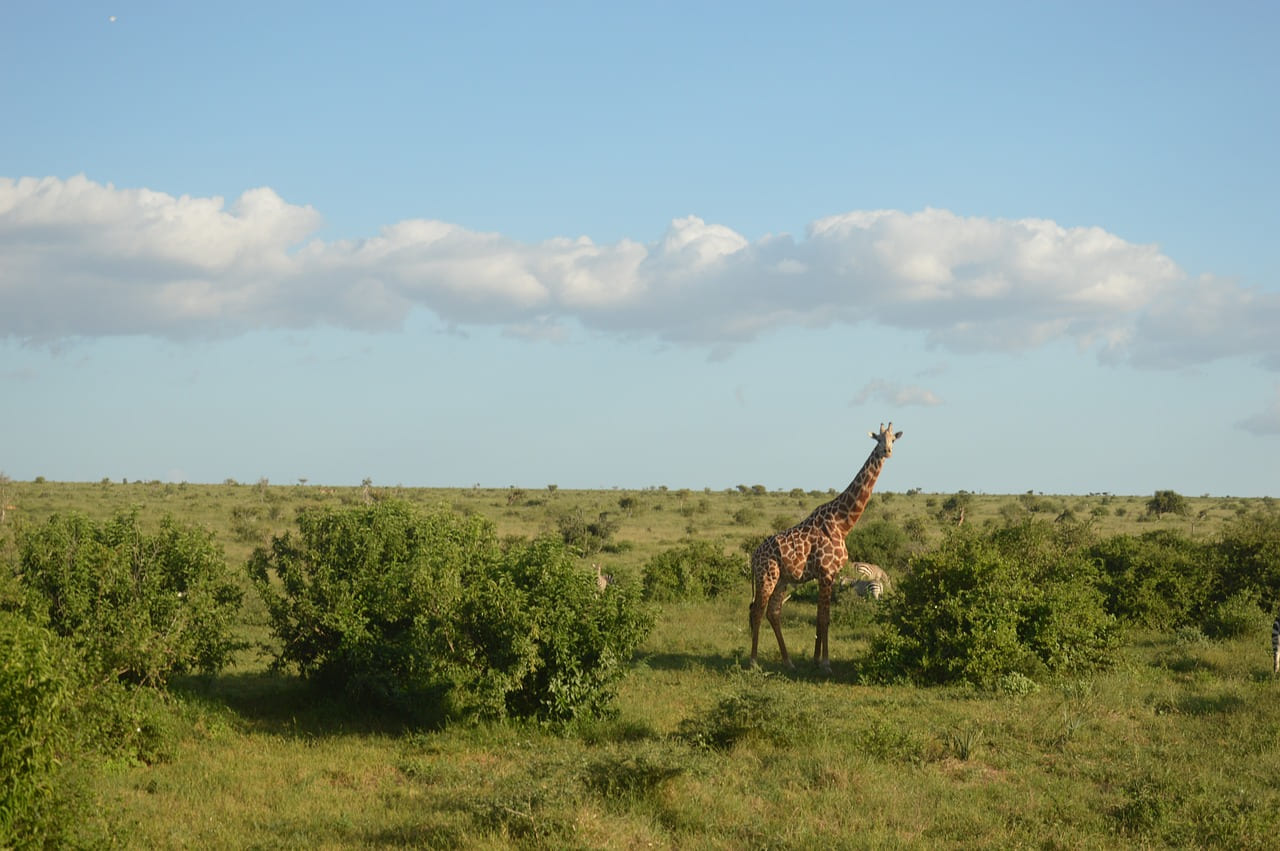-
Zoos as
Research Hubs
Beyond being public attractions, zoos serve as important research hubs
for scientists studying animal behavior, health, and conservation. -
Exotic Animals
from Around the Globe
Zoos offer visitors a rare chance to see exotic animals from far-off lands.
- Call: +9173478919817
- Email: ecogreen912@gmail.com
- Address: GJ2X+MRF, Parna, Madhya Pradesh 346831, India
Understanding Animal Behavior
Observing animals in a zoo setting provides valuable insights into their behavior. Visitors can watch how animals interact with one another, how they move, and how they display various instincts, like hunting or grooming.
Endangered Species Protection
Many zoos focus specifically on protecting endangered species by creating breeding programs and safe habitats. These efforts are essential as habitat loss, poaching, and climate change continue to threaten species around the world.
The Importance of Biodiversity
Biodiversity is essential for the health of our planet, and zoos play a crucial role in maintaining it. By showcasing a wide range of species, zoos help educate the public about the importance of protecting the delicate balance of ecosystems.
Interactive Exhibits for All Ages
Zoos are designed to be engaging for visitors of all ages. Interactive exhibits, such as petting zoos, touch pools, and feeding stations, allow visitors to get hands-on experience with animals. These interactive features help foster.

The Role of Zoos in Conservation
Zoos play a critical role in wildlife conservation, particularly for endangered species. By providing a safe environment for breeding programs, zoos help increase the populations of animals that are threatened in the wild.
Animal Welfare in Zoos
Modern zoos prioritize animal welfare, ensuring that animals have enclosures that mimic their natural habitats as closely as possible. The goal is to provide animals with the space and resources they need to live healthy, fulfilling lives.
Exotic Animals from Around the Globe
Zoos offer visitors a rare chance to see exotic animals from far-off lands. Whether it’s the elusive snow leopard from the Himalayas or the brightly colored parrots of the Amazon rainforest, zoos bring a slice of these distant ecosystems to people’s doorsteps.

The World of Reptiles: Masters of Survival
Reptiles are some of the most ancient and fascinating creatures on Earth, having evolved over millions.

The Role of Insects in Our Ecosystems
Insects, though often overlooked, are the backbone of many ecosystems. These tiny creatures perform vital functions.

Birds of Prey: Nature’s Aerial Hunters
Birds of prey, also known as raptors, are some of the most powerful and majestic creatures in the animal kingdom.
1
Animals
1
Tigers
1
Zoos
1
Safari
our gallery
This exposure helps build awareness and empathy, inspiring people to contribute to global conservation efforts.



Upcoming History
Zoos often have signs and guides that explain the meaning behind different behaviors, helping visitors better understand the lives of the animals. Learning about animal behavior fosters respect for the natural world and helps people recognize the importance of protecting these creatures in the wild.
The Remarkable World of Amphibians: Masters of Two Habitats
Amphibians, such as frogs, salamanders, and newts, are fascinating creatures that have the unique ability to live both in water and on land.
The Social Dynamics of Meerkats: Cooperative Desert Dwellers
Meerkats are small, social mammals that live in the arid regions of southern Africa. Known for their curious behavior and upright stance.
Why Choose us?
Observing animals in a zoo setting provides valuable insights into their behavior. Visitors can watch how animals interact with one another, how they move, and how they display various instincts, like hunting or grooming.
Why do zebras have black and white stripes?
The black and white stripes of zebras serve multiple purposes. One theory suggests that the stripes create a confusing visual effect, making it harder for predators like lions to single out one zebra from a moving herd. Another theory is that the stripes may help to deter biting insects, such as flies, which are less likely to land on striped patterns.
How do giraffes sleep?
Giraffes sleep standing up or lying down, but they usually sleep in short bursts, often only for a few minutes at a time. In the wild, giraffes sleep less than five hours a day to remain alert and avoid predators. When lying down, they curl their long necks back and rest their heads on their bodies, but they do this for only very short periods.
Why do elephants have large ears?
Elephants have large ears to help regulate their body temperature. In hot climates, elephants fan their ears to cool the blood that flows through the large network of blood vessels in their ears. This helps to lower their body temperature and prevent overheating, which is crucial for such large animals.
How do penguins stay warm in freezing temperatures?
Penguins stay warm in freezing temperatures due to several adaptations. They have a thick layer of blubber under their skin that acts as insulation. Their feathers are also tightly packed and waterproof, creating an additional barrier against the cold. Penguins huddle together in large groups to conserve heat, especially during harsh Antarctic winters.
Why do flamingos stand on one leg?
Flamingos often stand on one leg to conserve body heat. By tucking one leg up close to their bodies, they reduce the amount of heat lost to the cool water they usually stand in. This behavior is particularly important for maintaining their body temperature in cooler environments.
History
Zoos often have signs and guides that explain the meaning behind different behaviors, helping visitors better understand the lives of the animals.




